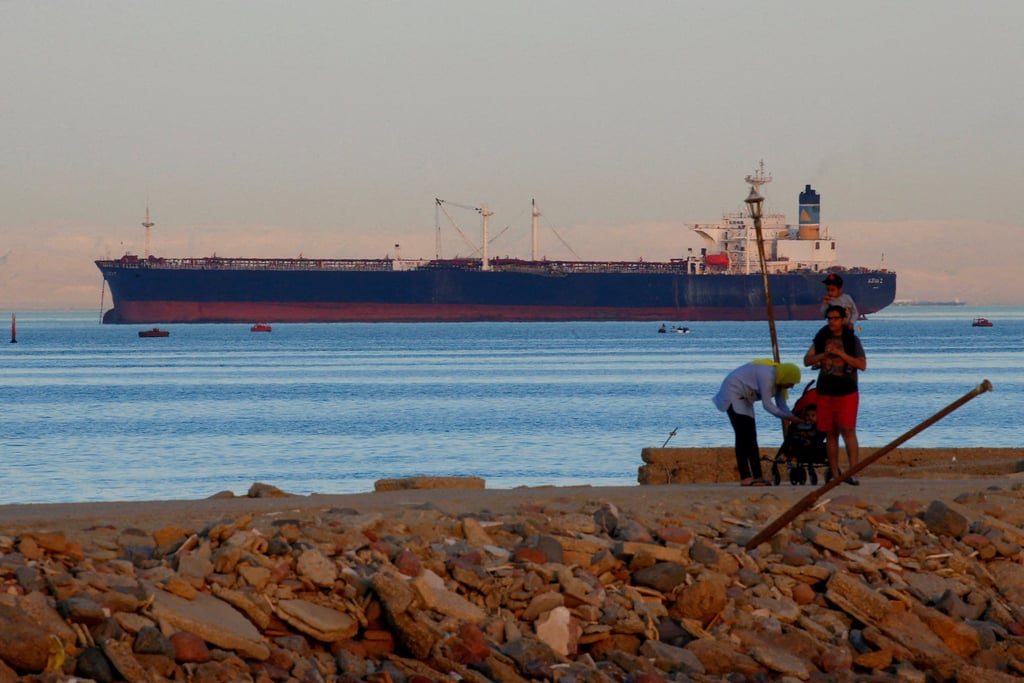My Take | Can Red Sea attacks spur Southeast Asia’s next phase of clean energy transition?
- Southeast Asia’s green energy plans face a hard reality check – absorbing and distributing renewable energy through their largely legacy power grids
- Declining costs mean renewable systems can better serve the region’s far-flung communities, but moving to the next phase of energy transition requires more money and muscle


Global annual renewable capacity additions increased by almost 50 per cent last year – the fastest growth in two decades – yet clean energy accounts for less than 10 per cent of energy production in most Southeast Asian nations.
But their intentions are facing a hard reality check – absorbing and distributing renewable energy through their largely legacy power grids.
Unlike fossil fuels, wind and solar power generation fluctuates through the day and different seasons, even as weather extremes are becoming common due to climate change. Therefore, smart grid systems with backup storage are vitally needed for clean energy which can be distributed in tune with the needs of consumers.
While developing renewable energy capacity can be considered as the first phase of moving towards green transition, developing such a flexible grid system to provide a bridge to consumers is a crucial second phase.
